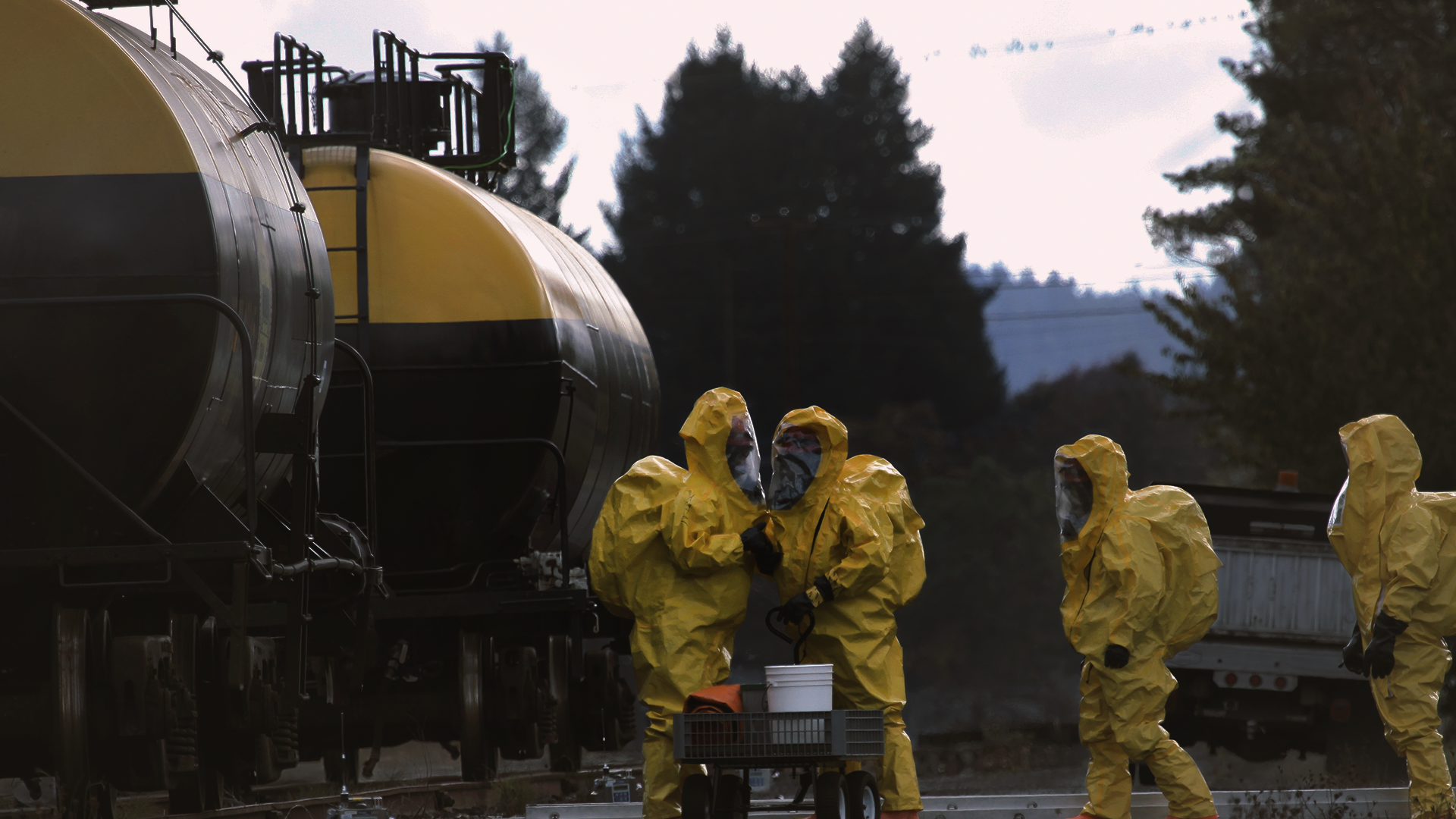
Guest post from Paul Strang, Director (Acting) of the Science and Technology Directorate’s (S&T) Office of National Laboratories
In late December, President Biden signed into law the National Defense Authorization Act (NDAA) for Fiscal Year 2023, which contains language solidifying our nation’s commitment to comprehensively address chemical security threats and grants full legislative authorization to S&T’s Chemical Security Analysis Center (CSAC). The facility, based in my home state of Maryland, addresses mission priorities involving chemical threats by using scientific data and analysis to tackle current and future challenges.

Located on the U.S. Army’s Aberdeen Proving Ground, CSAC is the nation’s only federal laboratory dedicated to assessing threats associated with large-scale chemical incidents or acts of chemical terrorism by using studies, analysis, and knowledge management to inform emergency planning and response. CSAC is the embodiment of the special partnership between the Department of Homeland Security (DHS) and the U.S. Army. The lab includes staff and facilities that produce benefits to the missions of both organizations without duplicating efforts. The recent opening of CSAC’s Chemical Security Laboratory is a hallmark of that mission kinship.
Although CSAC was aligned to S&T in 2006, the work of its small but mighty team has supported the homeland security mission for nearly two decades without the statutory weight that comes with a designation as the principal national laboratory for chemical security analysis geared towards homeland security threats. Despite this fact, CSAC has been instrumental as part of S&T’s efforts to support emergency response planning. CSAC provides DHS agencies and partners with the chemical expertise and advanced analyses needed to consider likely scenarios, evaluate risk mitigating measures, minimize anticipated response time, and ultimately save lives. These contributions have been put to practice to help stem the flow of illicit opioids, prepare for and respond to threats and hazards resulting from harmful chemical releases, enhance aviation security by modeling hazardous chemical dispersions on aircraft, and help safeguard our food supply.
Due to CSAC’s strong track record, expertise, and 24/7 responsiveness, partners in the emergency response community see it as a first stop when searching for rapid and reliable information about chemical threat scenarios. Currently, CSAC provides chemical threat characterization through S&T’s Probabilistic Analysis for National Hazards Threats and Risks (PANTHR) program. As part of the whole of government response to the synthetic opioid crisis facing our country, CSAC led an international mail facility analysis with U.S. Customs and Border Protection (CBP) to support the Synthetic Opioid Detection at Speed project, and leads production of S&T’s Synthetic Opioids Master Questions List.
This NDAA authorization acknowledges the enduring importance of laboratory-based chemical security research and analysis. But more importantly, it reinforces to our DHS customers and partners that CSAC w

